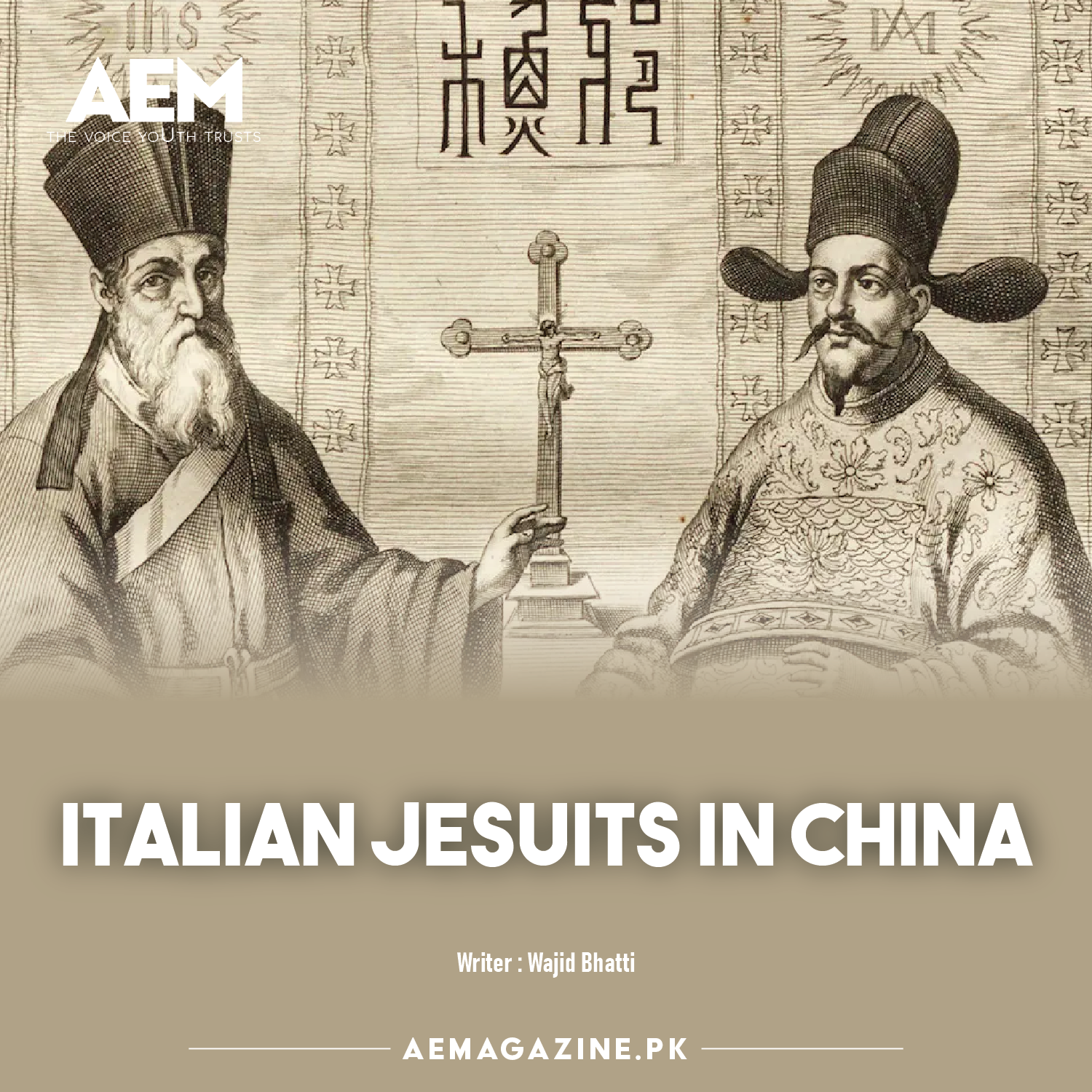
Article by
During the early interactions between Westerners and Chinese, the role played by missionaries was extremely important in a time when little was known in the West about China. I shared previously the role played by Matteo Ricci 利玛窦 (October 6, 1552 - May 11, 1610), an Italian Jesuit who introduced Christian teaching and science to the Chinese empire in the 16th century. While the Western world focuses universally on the significance of his missionary work to spread Christianity, most Chinese treatment of his life and legacy, however, emphasizes his contribution to China's development by systematically introducing Western scientific and technological learnings to Chinese society for the first time. He lived in China for nearly 30 years and was a pioneer in the attempt at mutual comprehension between China and the West. By adopting the language and culture of the country, he gained entrance to the interior of China, which was normally closed to foreigners. Ricci’s knowledge of astronomy, mathematics, calendars, and maps was a source of fascination and invaluable to Chinese scholars who deeply respected him.
By the time of his death, Matteo Ricci had facilitated an unprecedented meeting of East and West and formulated an entirely new framework by which to communicate Christianity to a culture utterly unlike his own. The effects are still felt today.
About a hundred years after the death of Matteo Ricci, another Italian jesuit and missionary to China, Giuseppe Castiglione 郞世宁 (July 19, 1688 – July 17, 1766), first introduced European style of oil painting to China and created a unique style that is a fusion of European and Chinese compositional sensibility, technique and themes. He adjusted the European style he was trained in to suit Chinese taste. During his fifty years of stay in China, he served as a royal artist at the imperial court of three Qing emperors.
Just like the challenges Matteo Ricci faced at mutual comprehension between China and the West by introducing western scientific and technological learnings into China, Giuseppe Castiglione attempted the same approach through art exchanges. He was in a field never explored before with no experience and precedent. He admirably negotiated two entirely different modes of cultural practice and has long been celebrated for his remarkable melding of European and Chinese media and styles.
In preparation for the Old Summer Palace project, Emperor Qianlong elevated Castiglione to the post of Chief Minister at the Imperial Parks Administration. The artist responded with a variety of elegant, but not overbearing, late Baroque buildings and gardens. Among Castiglione’s array of novel structures was the Haiyantang, Hall of Calm Seas 海晏堂, fronted by an elaborate zodiacal water-clock engineered by his French Jesuit colleague Michel Benoist. In designing the twelve spouts, each with a bronze zodiacal animal-head mounted on the marble body of a human official, cast and carved by Chinese craftsmen in the imperial workshops, Castiglione followed a long-standing Chinese visual convention, his imagination impressively balancing the two worlds that he straddled.
Unfortunately in 1860, the Second Opium War triggered the invasion of China by the British and French army with modern weaponries that China did not have the means to stop. A force of 11,000 British and Indian soldiers led by Elgin, son of the famous Elgin who took the famous Marbles from the Greek Parthenon, joined by more than 6,000 French troops, marched on Beijing. The end result was the complete destruction and plundering of the Old Summer Palace.
The bronze-cast heads of the stone statues were among the treasures looted during the destruction of the plundering by British and French forces. Since then, they have been among the most visible examples of attempts to repatriate Chinese art and cultural artifacts. Seven of the twelve animals have been acquired by various Chinese museums so far. There is also a set of replicas at the museum near the original sites.
In some way, The current geopolitical situation faced by an increasingly complex world is not too different from that of a few hundred years ago. There are still very different visions for societies between China and the West. The situation is exacerbated by mutual misunderstanding of diplomatic codes, second guessing, and a general suspicion of treachery by both sides. We need leadership to create vision, to create an environment for mutual understanding, and to make rational decisions focusing on common or shared interests in economic development.
I will end with some words of wisdom shared by Anson Burlingame, US Ambassador to China sent by President Abraham Lincoln in 1861 shortly after the destruction of the Old Summer Palace. We need a "cooperative policy... substituted for the old doctrine of violence one of fair diplomatic action."
 Monthly "Azeem English Magazine", launched in 2000, records the information about diverse fields like mental health, literature, research, science, and art. The magazine's objective is to impart social, cultural, and literary values to society.
Monthly "Azeem English Magazine", launched in 2000, records the information about diverse fields like mental health, literature, research, science, and art. The magazine's objective is to impart social, cultural, and literary values to society.
+92 51 88 93 092
First Floor, RAS Arcade, Eidhi Market, Street#124, G-13/4, Islamabad, Pakistan, 44000.